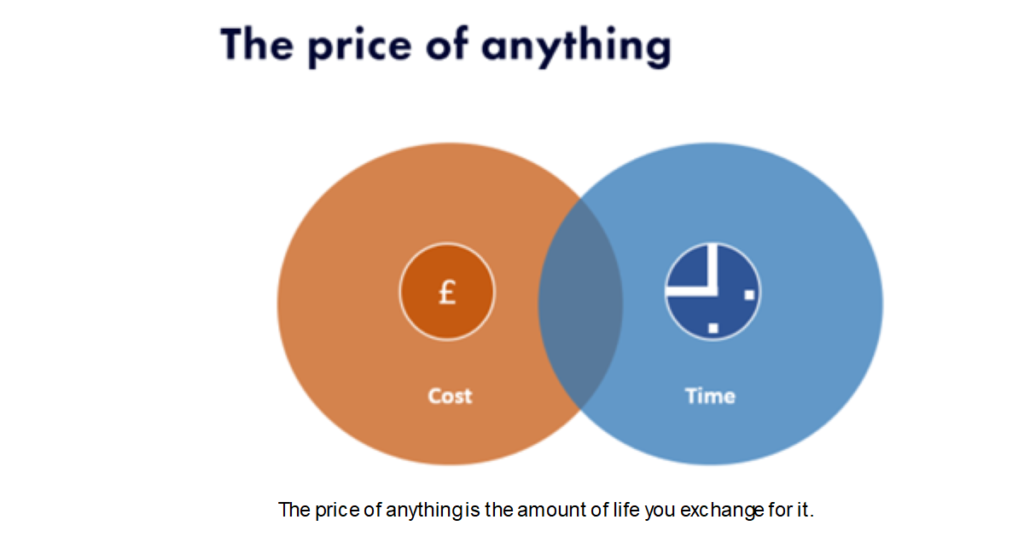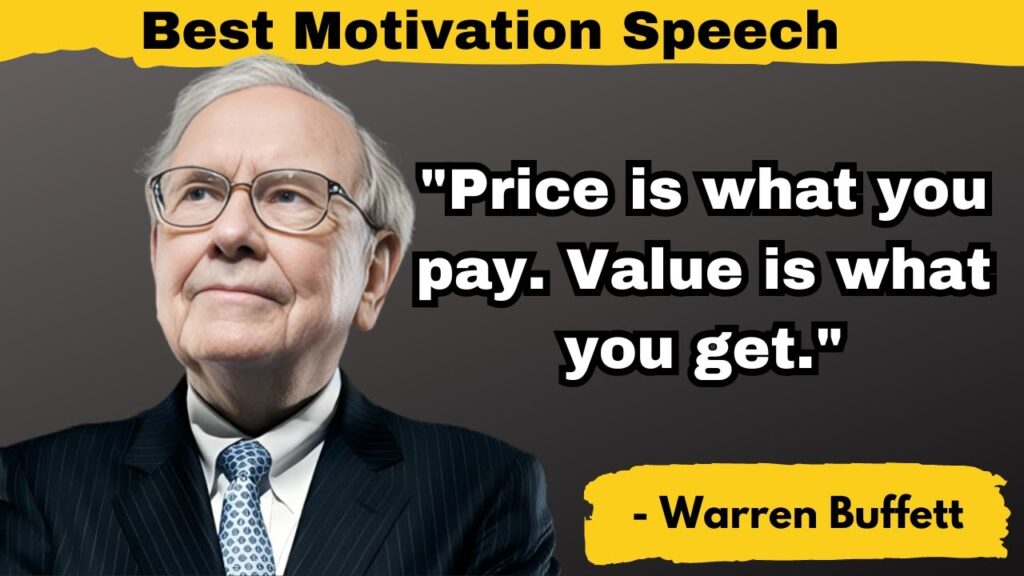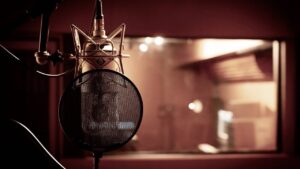In the vast marketplace of ideas and products, pricing isn’t just about numbers—it’s a delicate dance of perception, psychology, and value. As consumers, we’re not always rational beings; our decisions are influenced by a myriad of factors beyond mere cost. So, let’s dive into the fascinating world of pricing strategies, explore real-world examples, and uncover the quirky ways our brains perceive value.
Table of Contents
ToggleThe Art of Perception: Why Price Tags Speak Louder Than Numbers
“The price of anything is the amount of life you exchange for it.” – Henry David Thoreau

The Anchoring Effect: How the First Number Sets the Stage
Imagine strolling through a trendy boutique. You spot a gorgeous handbag with a hefty $500 price tag. Your brain registers this initial anchor—the starting point for your perception of value. Now, when you see a similar bag elsewhere priced at $300, it feels like a steal! But if you’d seen the $300 bag first, the $500 one might seem exorbitant. This cognitive bias, known as the anchoring effect, shapes our judgments.
Real-Life Example:
Remember Apple’s iPhone X launch? The jaw-dropping $999 price tag set the stage. Suddenly, $799 for the iPhone 8 seemed reasonable, even though it was still a hefty sum.
Solution:
As a consumer, be aware of anchoring. Research prices across different brands and contexts to recalibrate your perception.
Value-Based Pricing vs. Cost-Plus Pricing: A Battle Royale
“Price is what you pay. Value is what you get.” —Warren Buffett

Value-Based Pricing: The Art of Storytelling
Value-based pricing isn’t about calculating production costs; it’s about understanding what the product means to the customer. Apple’s premium pricing for iPhones isn’t just about components—it’s about the sleek design, status, and ecosystem. When you buy an iPhone, you’re buying into a lifestyle.
Real-Life Example:
Tesla’s electric cars aren’t just vehicles; they’re a statement about sustainability and innovation. The price reflects the promise of a greener future.
Solution:
As a business, focus on communicating the unique value your product brings. Tell a compelling story that resonates with your audience.
Cost-Plus Pricing: The Math-Driven Approach
Cost-plus pricing is straightforward: calculate production costs, add a margin, and voilà! But it ignores the emotional side of buying. Customers don’t care about your manufacturing overhead—they care about what the product does for them.
Real-Life Problem:
Remember the $1000 EpiPen scandal? Mylan Pharmaceuticals focused on profits, neglecting the life-saving value for allergy sufferers.
Solution:
Balance cost considerations with empathy. Understand your customers’ pain points and create win-win pricing.
The Power of the Left Digit: Why $9.99 Feels Like a Bargain
“The magic price point is $19.99. It’s not $20—it’s a penny less.” —Paco Underhill
The Left-Digit Effect: Our Irrational Love for 9s
Our brains latch onto the leftmost digit. $9.99 feels significantly cheaper than $10—even though it’s just a cent difference. Retailers exploit this quirk, and we fall for it every time.
Real-Life Example:
Gas stations pricing fuel at $2.99 per gallon instead of $3.00. We feel like savvy shoppers, even though it’s a minuscule saving.
Solution:
As a consumer, pause and ask: “Is that 1 cent really worth the mental gymnastics?”
The Decoy Effect: How a Useless Option Boosts Sales
“When you have to make a choice and don’t make it, that is in itself a choice.” – William James
The Decoy Effect: Adding a Pointless Option
Imagine choosing between two coffee sizes: a regular for $2.50 and a large for $3.00. Most pick the regular. But add a jumbo size for $3.50, and suddenly the large seems like a steal! The jumbo—the decoy—exists solely to influence our choice.
Real-Life Example:
Cinema popcorn sizes: small, medium, and large. The large seems excessive, so we opt for the medium—the sweet spot.

Solution:
As a business, strategically introduce decoy options to nudge customers toward your desired choice.
In Conclusion: Price Wisely, Laugh Often
Remember, pricing isn’t just about numbers—it’s about perception, storytelling, and human quirks. So, next time you see a $9.99 deal, chuckle at your brain’s irrationality, and choose wisely.
As Oscar Wilde said, “Everything in moderation”.

Jugaad on Two Wheels: The Hilarious Bike Parcel Hack in Karnataka
The Great Karnataka Bike Parcel Hack: A Jugaad Masterclass #RapidoParcel: In a creative yet controversial move, ride-hailing platform Rapido has found a way around Karnataka’s

Denmark’s Digital Sovereignty Revolution: Linux and LibreOffice Lead the Way
Introduction to Denmark’s Bold Move In June 2025, Denmark’s Ministry of Digital Affairs made headlines by embracing digital sovereignty, ditching Microsoft Windows and Office 365

🏏Sports as a Business Strategy: Insights from Vijay Mallya’s RCB Ownership
🧠 Sports as a Business Strategy (Tool) In modern business, few platforms offer better engagement and emotional connection than sports. From football clubs in Europe

🙏 Apologies in Leadership: Vijay Mallya Public Apology
🧠 Introduction: The Role of Apologies in Leadership In the corporate world, apologies aren’t signs of weakness—they’re strategic acts of leadership. When made with sincerity

Audiobook Production Costs: Navigating Recording Artists, Studio Expenses, and AI’s Impact
The audiobook industry is booming, with over 130 million listeners in the U.S. alone in 2021 and a growing global appetite for audio content. Producing

Media Trial of Vijay Mallya: How Public Perception Shaped Vijay Mallya’s Legacy
Introduction: Media’s Influence on Business Narratives In today’s hyper-connected world, media narratives can make or break a business reputation. For Vijay Mallya, once known as


I think this site holds some rattling excellent information for everyone : D.